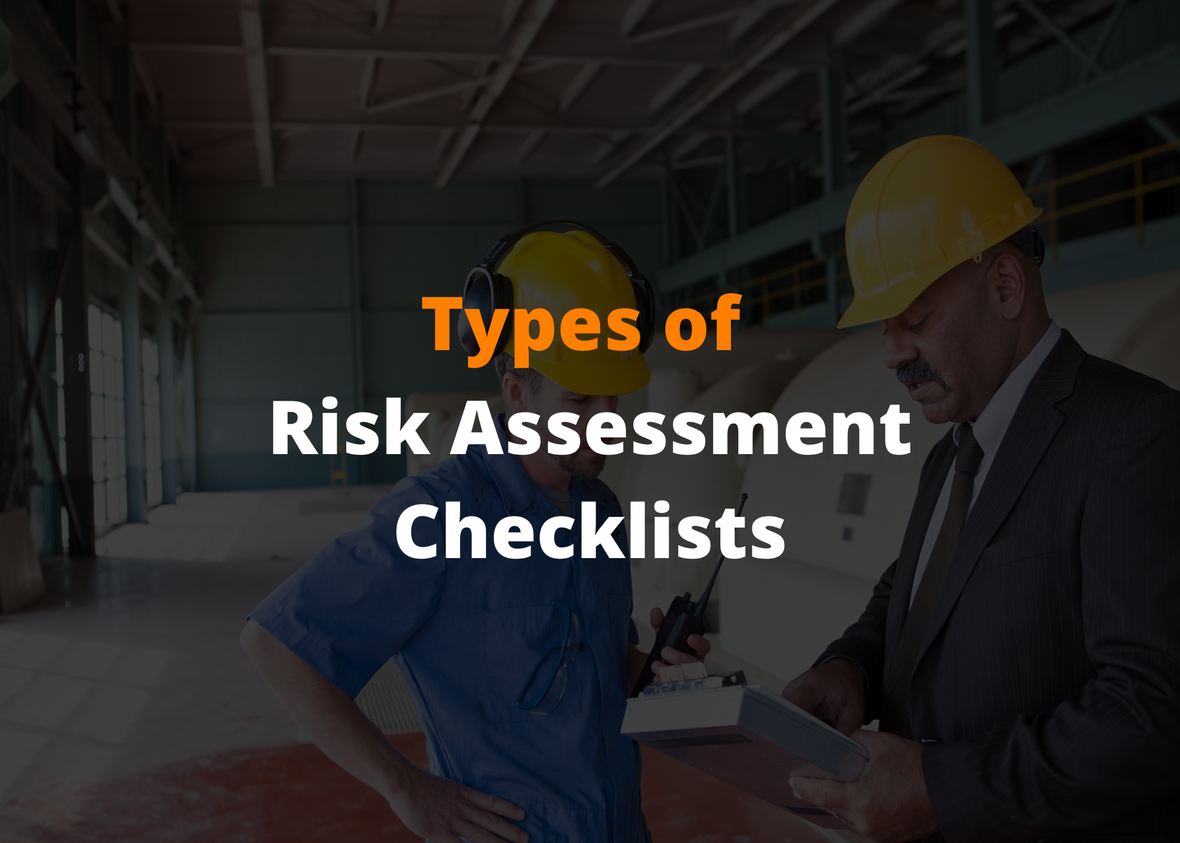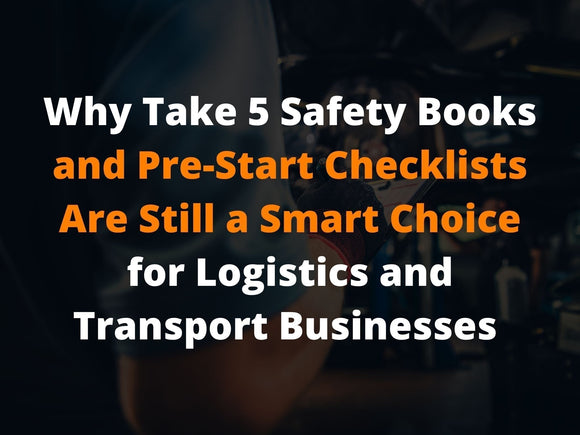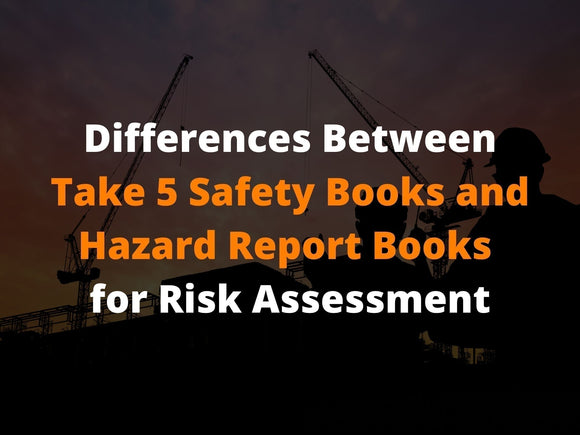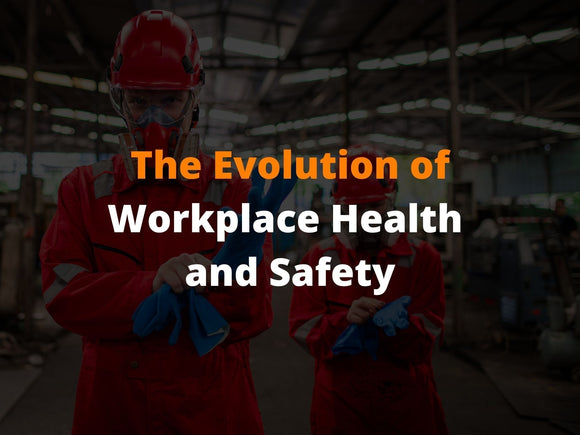
Types of Risk Assessment Checklists and Why You Need Them In Your Workplace
Risk assessment checklists are one of the best ways for workers to identify and remove hazards from the workplace. They can be used to work out the likelihood of a hazard resulting in an injury and employees can follow company protocol should that happen.
A risk assessment checklist is completed as and when needed (daily, weekly, monthly) to help minimise the risk of an accident occurring. They help to ensure that health and safety is a priority for both workers and management which results in fewer incidents and a better workplace safety culture.
There are five types of safety checklists:
- Qualitative
- Quantitative
- Generic
- Site-Specific
- Dynamic
In this article, we’re going to cover the five different types of risk assessment checklists so that you can decide which would best suit your workplace and employees.

The Different Types of Risk Assessment Checklists
Each of the five risk assessment checklists can be used in different instances depending on the goal of your assessment and your workplace.
Qualitative
Qualitative risk assessments are common in many workplaces. Workers can complete a Take 5 Safety Checklist to identify hazards and assess them against a matrix. They can then create a plan so that hazards can be contained, and any risk minimised or avoided.
At UniPrint, all our Take 5 Safety Books are easy to use and can quickly and efficiently be filled out by employees so that they can start working safely. They’re also portable, durable and compliant with industry standards.
Quantitative
A quantitative risk assessment checklist uses numbers to determine risk level. Companies can work out the likelihood of a risk occurring based on the quantity and accuracy of the data they have. For example, you could say there’s a 20% chance of risk A happening based on the equation: Risk = Severity X Likelihood.
Generic
A generic risk assessment can be used in many different circumstances and primarily helps to keep health and safety front of mind. This type of safety checklist covers the majority of common workplace hazards but will not include risks or action plans for a specific company.
Site-Specific Risk Assessments
Site-specific risk assessment checklists can include useful information depending on hazards and protocols for your unique company. A specific task can be assessed depending on the machinery, environment and workers carrying it out.
At UniPrint, we offer customisable Take 5 Safety Checklists. These can include company logos, colours, names and meeting points. Employees are more likely to complete a customised risk assessment checklist because it’s more relatable and specific to their needs.
You can choose from a customised front cover or a fully customised safety checklist. We also offer them in French, Spanish and Arabic.
Dynamic
Dynamic risk assessments are carried out at the moment a hazard or accident is identified. These types of assessments are often used by emergency services who have to determine the severity of an injury and any other potential hazards in the area. Dynamic risk assessments require a certain level of training and experience.

Why Do You Need a Risk Assessment Checklist in The Workplace?
So, now you know the different types of assessments, it’s also important to think about why exactly you need to be using risk assessments in your workplace.
Proactive Rather Than Reactive
The best way to deal with accidents in the workplace is to prevent them from happening to begin with. When employees proactively complete a safety checklist, they’re anticipating any potential hazards and therefore can avoid them. They help to keep workers safe and minimise accidents and injuries.
Encourages a Safety Culture
There are a lot of reasons why it’s so important to have a workplace safety culture. It helps employees to feel like management takes workers’ health and safety seriously and allows employees to approach management with any concerns they may have.
When there’s a strong safety culture in a workplace, employees are more likely to remember to carry out health and safety-related tasks and therefore minimise the risk of accidents occurring. Fewer accidents mean less time off which means more productivity and happier workers.
Meets Legislation
Workplace safety legislation is something that needs to be taken very seriously. By regularly completing risk assessment checklists, you can ensure that you’re complying with legislation and that your workers are safe every day.

Final Thoughts – Risk Assessment Checklist in The Workplace
At UniPrint, we offer a wide range of checklists and materials so that you can make health and safety a priority in your workplace. You can customise the materials to make them relevant to your employees and include crucial information such as evacuation points and procedures.
Get in touch with the team at UniPrint today to discover how our checklists can make all the difference to your workplace and employees.



